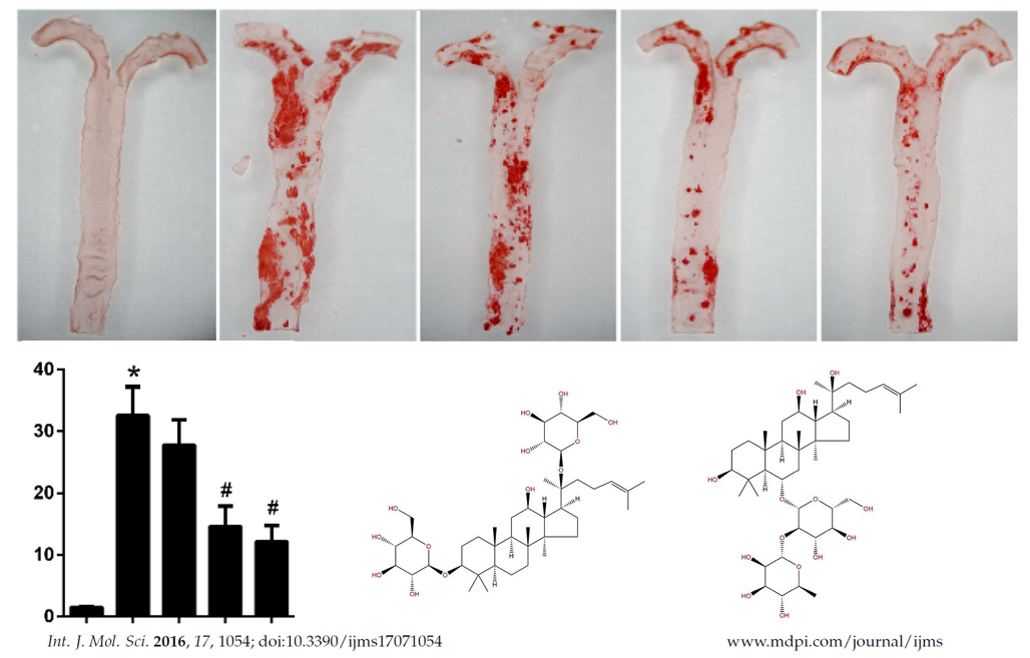| (10 intermediate revisions by 2 users not shown) | |||
| Line 58: | Line 58: | ||
<li><a href="https://2018.igem.org/Team:UST_Beijing/Attributions">Attribution</a ></li> | <li><a href="https://2018.igem.org/Team:UST_Beijing/Attributions">Attribution</a ></li> | ||
<li><a href="https://2018.igem.org/Team:UST_Beijing/Collaborations">Collaboration</a ></li> | <li><a href="https://2018.igem.org/Team:UST_Beijing/Collaborations">Collaboration</a ></li> | ||
| − | <li><a href="https:// | + | <li><a href="https://static.igem.org/mediawiki/2018/5/5a/T--UST_Beijing--Demonstrate.pdf">Demonstrate</a ></li> |
<li><a href="https://2018.igem.org/Team:UST_Beijing/InterLab">InterLab</a ></li> | <li><a href="https://2018.igem.org/Team:UST_Beijing/InterLab">InterLab</a ></li> | ||
<li><a href="https://2018.igem.org/Team:UST_Beijing/Human_Practices">HumanPractice</a ></li> | <li><a href="https://2018.igem.org/Team:UST_Beijing/Human_Practices">HumanPractice</a ></li> | ||
| Line 87: | Line 87: | ||
<div> | <div> | ||
<blockquote> | <blockquote> | ||
| − | < | + | <h2><span>Cholesterol</span></h2> |
| − | < | + | <h3>an essential component of membrane structure, but gradually |
| − | accumulates in arteries of human body, which | + | accumulates in arteries of human body, which becomes the top one killer mechanism of human life: <span>atherosclerosis</span></h3> |
| − | + | <h2><span> An alarming health threat: Atherosclerosis</span></h2> | |
| − | + | <h3>Shown on the right are the cholesterol structure and pie charts of epidemic statistics of atherosclerosis-related mortality in China (black area: atherosclerosis-related death).</h3> | |
| − | < | + | |
| − | < | + | |
</blockquote> | </blockquote> | ||
</div> | </div> | ||
| Line 104: | Line 102: | ||
<div class="pad15"></div> | <div class="pad15"></div> | ||
<div class="row"> | <div class="row"> | ||
| − | <div class=" | + | |
| + | <div class="span6"> | ||
<h2><span>Pathology of Atheroscleosis</span></h2> | <h2><span>Pathology of Atheroscleosis</span></h2> | ||
| − | < | + | <h3>Cholesterol is the main culprit of cardio-and cerebro-vascular disease. Artery atherosclerosis refers to arteries accumulated with cholesterol resulting in blockage of blood flow. In heart it causes heart attack. In brain it causes blockage stroke.</h3> |
<div class="pad15"></div> | <div class="pad15"></div> | ||
<div class="hover_colour"> <a href="https://static.igem.org/mediawiki/2018/b/b0/T--UST_Beijing--bg10.jpg" data-rel="prettyPhoto[portfolio1]"> <img src="https://static.igem.org/mediawiki/2018/7/75/T--UST_Beijing--bg5.jpg" alt="" /></a> </div> | <div class="hover_colour"> <a href="https://static.igem.org/mediawiki/2018/b/b0/T--UST_Beijing--bg10.jpg" data-rel="prettyPhoto[portfolio1]"> <img src="https://static.igem.org/mediawiki/2018/7/75/T--UST_Beijing--bg5.jpg" alt="" /></a> </div> | ||
<div class="pad45"></div> | <div class="pad45"></div> | ||
</div> | </div> | ||
| − | <div class=" | + | <div class="span6"> |
<h2><span>Molecular Mechanism of Atherosclerosis Formation</span></h2> | <h2><span>Molecular Mechanism of Atherosclerosis Formation</span></h2> | ||
| − | < | + | <h3>Because of foam cell apoptosis, which is formed by macrophages overloading cholesterol, cholesterol is deposited on the inner wall of artery.</h3> |
<div class="pad15"></div> | <div class="pad15"></div> | ||
<div class="hover_colour"> <a href="https://static.igem.org/mediawiki/2018/e/ed/T--UST_Beijing--bg8.jpg" data-rel="prettyPhoto[portfolio1]"> <img src="https://static.igem.org/mediawiki/2018/5/5b/T--UST_Beijing--bg6.jpg" alt="" /></a> </div> | <div class="hover_colour"> <a href="https://static.igem.org/mediawiki/2018/e/ed/T--UST_Beijing--bg8.jpg" data-rel="prettyPhoto[portfolio1]"> <img src="https://static.igem.org/mediawiki/2018/5/5b/T--UST_Beijing--bg6.jpg" alt="" /></a> </div> | ||
<div class="pad45"></div> | <div class="pad45"></div> | ||
</div> | </div> | ||
| − | + | ||
| + | </div> | ||
| + | <div class="row"> | ||
| + | <div class="span6"> | ||
<h2><span>Nuclear receptor LXR as therapeutic target against atherosclerosis</span></h2> | <h2><span>Nuclear receptor LXR as therapeutic target against atherosclerosis</span></h2> | ||
| − | < | + | <h3>Live X receptor(LXR) functions as a master regulation switch, which can accelerate the transport of cholesterol and prevent the formation of foam cells.</h3> |
<div class="pad15"></div> | <div class="pad15"></div> | ||
<div class="hover_colour"> <a href="https://static.igem.org/mediawiki/2018/4/4d/T--UST_Beijing--bg9.jpg" data-rel="prettyPhoto[portfolio1]"> <img src="https://static.igem.org/mediawiki/2018/f/fc/T--UST_Beijing--bg7.jpg" alt="" /></a> </div> | <div class="hover_colour"> <a href="https://static.igem.org/mediawiki/2018/4/4d/T--UST_Beijing--bg9.jpg" data-rel="prettyPhoto[portfolio1]"> <img src="https://static.igem.org/mediawiki/2018/f/fc/T--UST_Beijing--bg7.jpg" alt="" /></a> </div> | ||
| + | </div> | ||
| + | |||
| + | <div class="span6 pad10"> | ||
| + | <h2><span> Actions of LXR </span></h2> | ||
| + | <h3>LXRs have a typical nuclear receptor structure. Upon bound by agonists (such as ginseno-sterols), LXRs would recruit co-activators (shown in the animation, only a fragment of coactivator peptide is displayed)and activate the transcription of a target gene.</h3> | ||
| + | <div class="vendor"> | ||
| + | <iframe src="https://static.igem.org/mediawiki/2018/b/bc/T--UST_Beijing--bgbg.mp4" height="500"></iframe> | ||
| + | </div> | ||
</div> | </div> | ||
</div> | </div> | ||
| + | |||
<div class="pad15"></div> | <div class="pad15"></div> | ||
<div class="row"> | <div class="row"> | ||
| − | < | + | <h3>Ginseng triterpenes' structure is similar to that of cholesterol, therefore it has the potential of regulating LXRs. |
| − | LXRs is a typical nuclear receptor. In the presence of co-regulators, bound by agonists (such as ginsenosides), LXRs could | + | LXRs is a typical nuclear receptor. In the presence of co-regulators, bound by agonists (such as ginsenosides), LXRs could be demobilized to specific site on a target gene promoter region to activate transcription of the target gene. Ginsenosides or like could therefore regulate the metabolism of cholesterol. </h3> |
</div> | </div> | ||
| + | |||
<div class="pad15"></div> | <div class="pad15"></div> | ||
| − | + | <div class="row"> | |
<div class="span6 element category01" data-category="category01"> | <div class="span6 element category01" data-category="category01"> | ||
<div class="hover_img"> <a href="https://static.igem.org/mediawiki/2018/1/17/T--UST_Beijing--bgpic11.jpg" data-rel="prettyPhoto[portfolio1]"> <img src="https://static.igem.org/mediawiki/2018/1/17/T--UST_Beijing--bgpic11.jpg" alt="" /></a> </div> | <div class="hover_img"> <a href="https://static.igem.org/mediawiki/2018/1/17/T--UST_Beijing--bgpic11.jpg" data-rel="prettyPhoto[portfolio1]"> <img src="https://static.igem.org/mediawiki/2018/1/17/T--UST_Beijing--bgpic11.jpg" alt="" /></a> </div> | ||
| Line 139: | Line 151: | ||
<div class="hover_img"> <a href="https://static.igem.org/mediawiki/2018/2/26/T--UST_Beijing--bgpic12.jpg" data-rel="prettyPhoto[portfolio1]"> <img src="https://static.igem.org/mediawiki/2018/2/26/T--UST_Beijing--bgpic12.jpg" alt="" /></a> </div> | <div class="hover_img"> <a href="https://static.igem.org/mediawiki/2018/2/26/T--UST_Beijing--bgpic12.jpg" data-rel="prettyPhoto[portfolio1]"> <img src="https://static.igem.org/mediawiki/2018/2/26/T--UST_Beijing--bgpic12.jpg" alt="" /></a> </div> | ||
<div class="item_description"><h1><span>Atherosclerosis formation is delayed<br>by ginsenosides in vivo</span></h1></div> | <div class="item_description"><h1><span>Atherosclerosis formation is delayed<br>by ginsenosides in vivo</span></h1></div> | ||
| − | |||
| − | |||
</div> | </div> | ||
</div> | </div> | ||
Latest revision as of 15:28, 16 October 2018
Cholesterol
an essential component of membrane structure, but gradually accumulates in arteries of human body, which becomes the top one killer mechanism of human life: atherosclerosis
An alarming health threat: Atherosclerosis
Shown on the right are the cholesterol structure and pie charts of epidemic statistics of atherosclerosis-related mortality in China (black area: atherosclerosis-related death).








